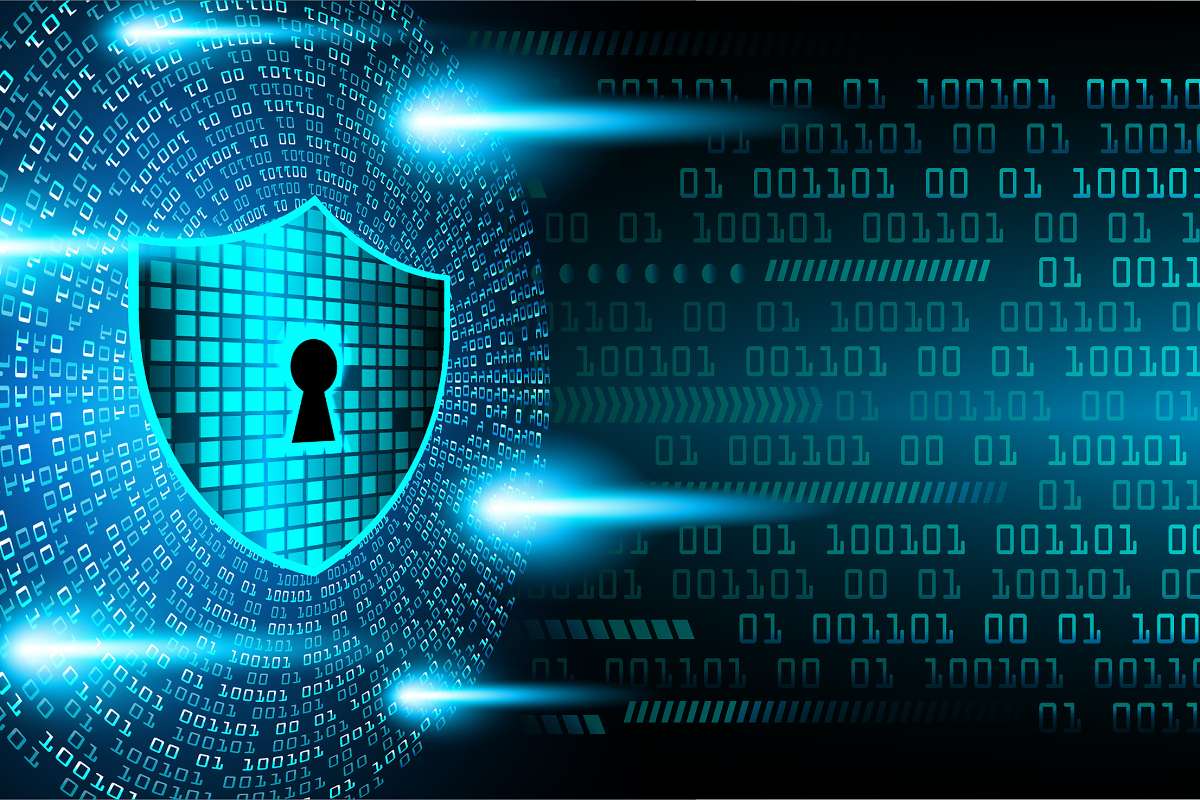A New Approach to Security and Risk Management
With cyber threats evolving rapidly and social engineering tactics becoming more sophisticated, businesses must rethink their approach to cybersecurity. The recently concluded Cyber Resiliency Summit shed light on the crucial intersection of data protection, cybersecurity, and AI, emphasizing the need for a comprehensive, proactive security strategy.
During an exclusive theCUBE broadcast covering the event, Rob Strechay, principal analyst at theCUBE Research, highlighted the importance of shifting cybersecurity strategies beyond traditional measures. “It’s not just about making copies,” he said. “It’s about how you approach cyber resilience in its totality, not just in point products.”
Strechay, alongside Christophe Bertrand, a fellow analyst at theCUBE Research, underscored how security must be built into an organization’s foundation rather than treated as an afterthought. The discussions at the summit revolved around strengthening supply chain security, risk management, and integrated cybersecurity solutions, ensuring that businesses remain resilient in an era of constant cyber threats.
The Growing Impact of AI and Social Engineering
One of the most pressing concerns in cybersecurity remains the human factor. Cybercriminals frequently exploit human vulnerabilities through social engineering attacks like phishing and pretexting. Even with advanced security tools, human error continues to be a significant weak point.
According to Strechay, organizations must enforce robust authentication mechanisms such as AAA (authentication, authorization, and accounting) while prioritizing continuous security awareness training for employees. “Security needs to be built in by design,” he emphasized, adding that mitigating human risk requires a holistic security approach rather than focusing solely on specific stages like “shift left” or “shift right” security models.
The Cyber Resiliency Summit also explored the emerging role of AI in cybersecurity, with both defensive and offensive capabilities advancing rapidly. AI-driven security tools must evolve faster than malicious AI-powered attacks to maintain a balance. Additionally, enterprises must ensure that their AI operations comply with regulatory standards while integrating best practices in cybersecurity.
Bertrand emphasized the dual challenge of AI and compliance, stating, “It feels like we’re really at the beginning of something very new—not just because AI is an accelerant, but also because compliance and data management are becoming central to cybersecurity.”
Data Resilience: The Key to Cybersecurity Success
Beyond infrastructure protection, organizations must prioritize data security and resilience. Regulatory frameworks like NIST (National Institute of Standards and Technology) provide a foundation, but businesses must go further by implementing real-time threat monitoring, backup validation, and proactive risk assessment.
“Fundamental data management is at the heart of everything,” Bertrand stressed. He highlighted that businesses cannot utilize AI effectively if their data is non-compliant, as compliance regulations include critical cybersecurity components. The integration of cybersecurity, backup, and recovery strategies is crucial in protecting sensitive information from emerging threats.
As enterprises navigate the complex landscape of cyber resilience, the insights from the Cyber Resiliency Summit reinforce the need for a multi-layered, proactive security approach—one that balances technology, human awareness, and strategic leadership.






